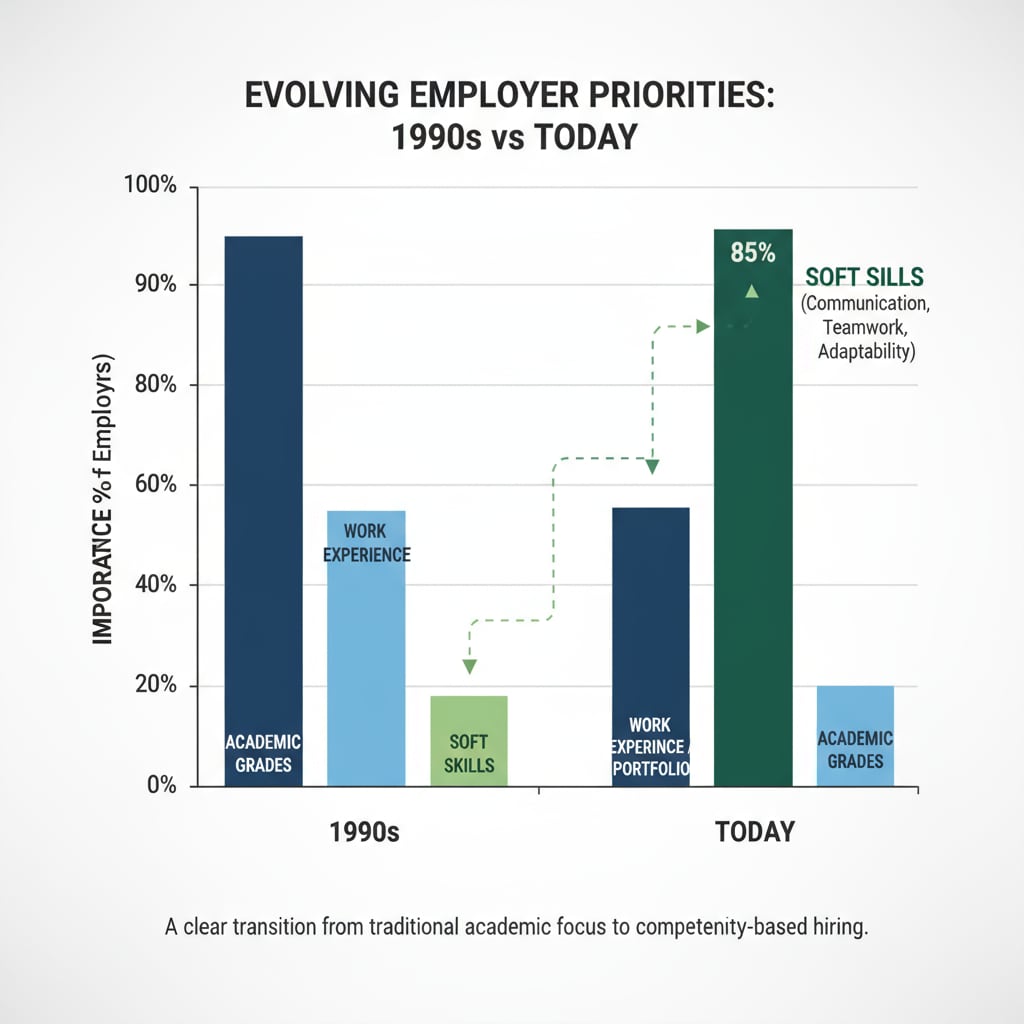When discussing grades, employment, and students, it’s common to assume that top academic performers will automatically secure the best jobs and achieve remarkable career success. However, the reality is more complex. In recent years, an increasing number of students with average grades are making waves in the workplace, challenging the long-held belief that high grades are the sole ticket to career triumph.

The Flawed “High Grades Equal High Employability” Notion
For decades, the educational system has emphasized the importance of good grades. Parents, teachers, and society at large have drilled into students’ minds that getting top marks is the key to a prosperous future. As a result, students often focus solely on achieving high scores, sacrificing other aspects of personal development. Education on Britannica However, the job market has evolved significantly, and employers are now looking for a diverse set of skills that go beyond academic knowledge.

Skills Beyond Academic Performance
In addition to academic proficiency, employers highly value skills such as communication, teamwork, problem-solving, and adaptability. Soft skills on Wikipedia These so-called “soft skills” are crucial for navigating the complex and dynamic work environment. Average students often have more opportunities to develop these skills outside the classroom, through extracurricular activities, part-time jobs, or community involvement. For example, a student who participates in a group project for a local charity learns how to work effectively with others, communicate ideas clearly, and solve problems on the fly.
Moreover, students with average grades may be more likely to take risks and explore different interests. They are not solely fixated on maintaining a perfect GPA, which allows them to step out of their comfort zones and try new things. This willingness to experiment can lead to the discovery of unique talents and passions that can be highly valuable in the workplace.
Readability guidance: As seen above, we break down complex ideas into short paragraphs. We also use examples and external links to support our points, and include transition words like “however” and “moreover” to make the flow smooth.


